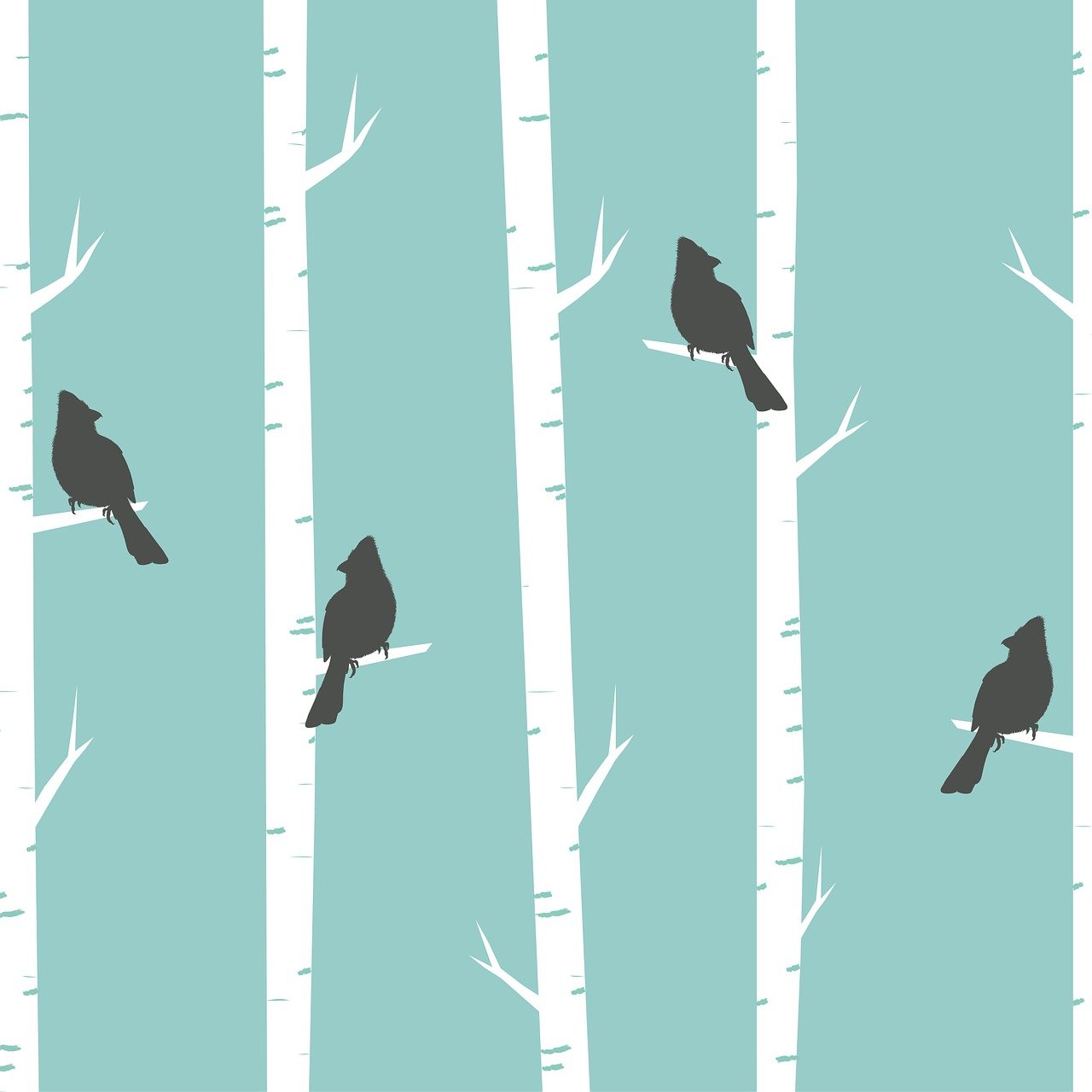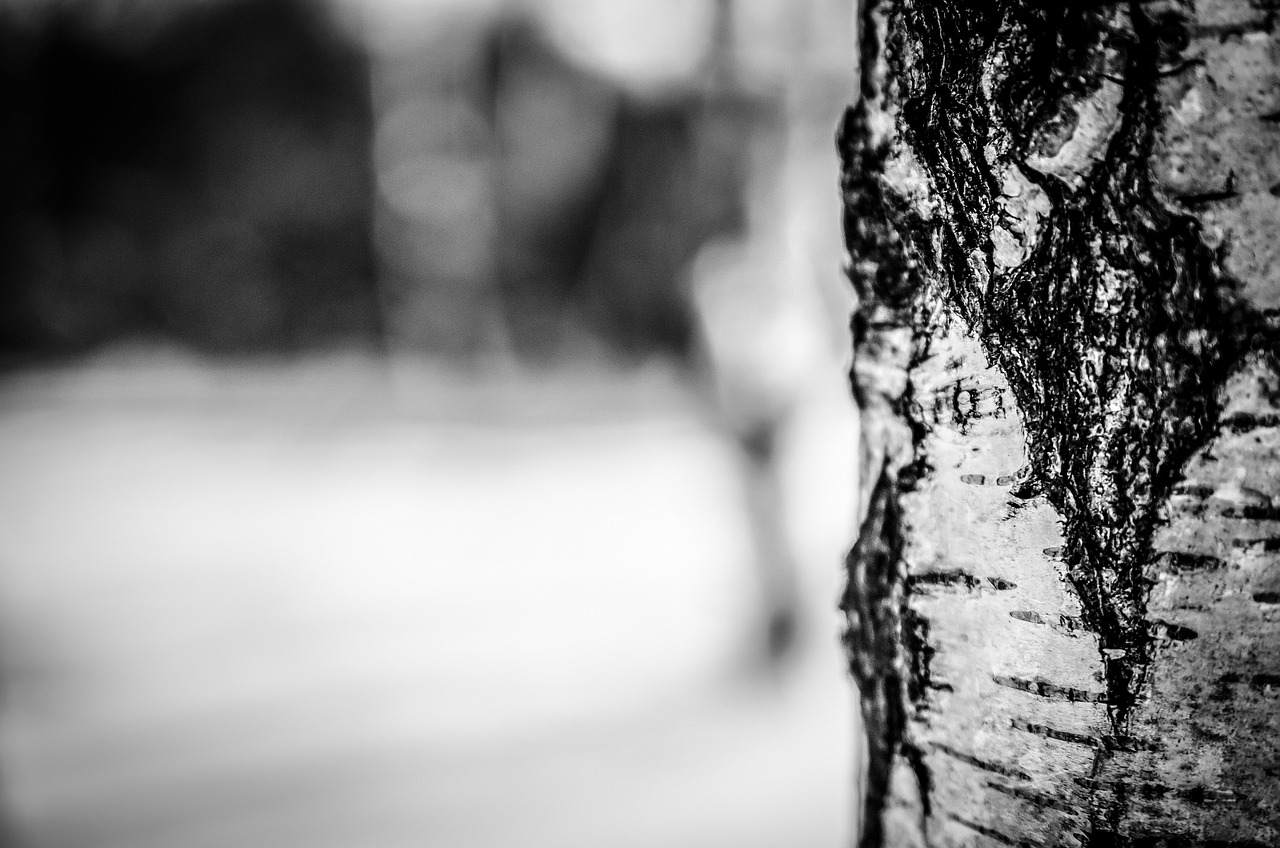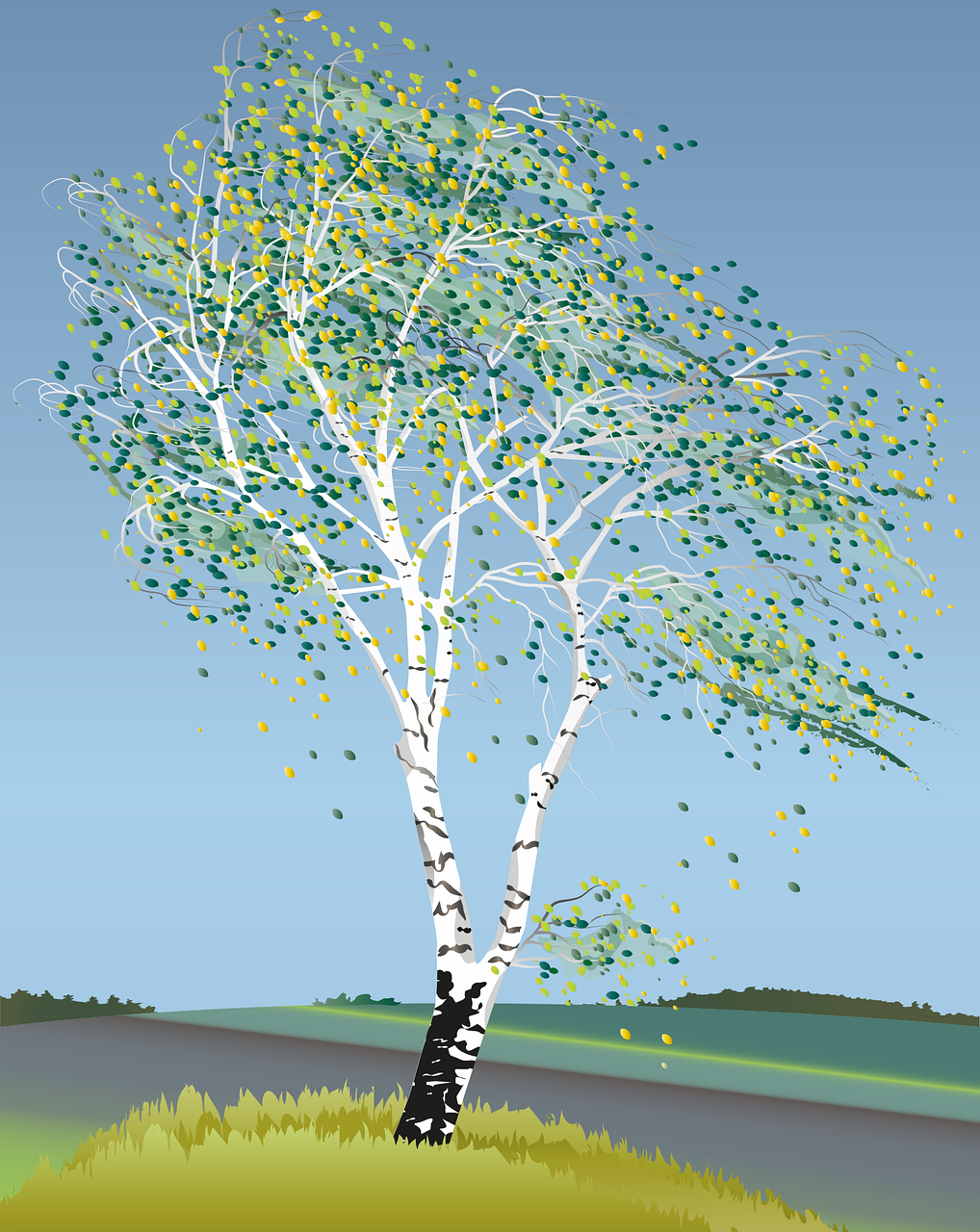“`html
Exploring the Enchanting World of Birch Trees
Birch trees are a captivating part of the natural landscape with their exquisite white bark and delicate branches. Known for their elegance and adaptability, birch trees have become a favorite among gardeners and nature enthusiasts alike. In this post, we will delve into their habitat, characteristics, symbolism, and provide guidance on how to grow them effectively.
Understanding Birch Trees
Natural Habitat
Birch trees are native to temperate regions across the Northern Hemisphere. They thrive in cool climates and are often found in forests, along riverbanks, and in wetlands. The most common species include the White Birch, Paper Birch, and Silver Birch, each adapting to various environmental conditions.
Unique Characteristics
One of the most striking features of birch trees is their bark, which ranges from bright white to silver-gray. This distinctive bark peels away in thin layers, adding a unique texture to the landscape. Birch leaves are typically small and triangular, turning vibrant shades of yellow in the fall, offering a stunning seasonal display.
Symbolism and Cultural Significance
Birch trees have rich cultural and spiritual significance. In various cultures, they symbolize renewal, purification, and protection. In Celtic mythology, birch is considered a symbol of new beginnings, often associated with the festival of Beltane.

How to Grow Birch Trees
Choosing the Right Location
To successfully grow birch trees, select a location that mimics their natural habitat. They prefer cool, moist, and well-drained soils with access to full sun or partial shade. Avoid areas prone to drought or excessive heat, as these conditions can stress the trees.
Planting Tips
When planting birch trees, dig a hole twice as wide as the root ball but no deeper. Position the tree so that the top of the root ball is level with the soil surface. Water thoroughly after planting to settle the soil and eliminate air pockets.
Care and Maintenance
Regular watering is crucial, especially during dry spells. Birch trees require consistent moisture to thrive. Mulching around the base can help retain soil moisture and regulate temperature. Prune dead or damaged branches in late winter or early spring to maintain health and shape.

Common Challenges
Birch trees can be susceptible to pests and diseases, such as bronze birch borer and birch leaf miner. Monitoring the health of your tree and taking preventive measures, like applying appropriate insecticides or introducing beneficial insects, can help mitigate these issues.
Additional Insights and Fun Facts
Environmental Benefits
Birch trees contribute significantly to their ecosystems. They provide habitat and food for various wildlife, including birds and insects. Their leaves decompose rapidly, enriching the soil with nutrients.
Uses of Birch Wood
Birch wood is prized for its versatility and strength. It’s commonly used in furniture making, flooring, and even in the production of paper. The wood’s fine grain and light color make it a popular choice for interior design.
Conclusion
Whether you’re a seasoned gardener or a nature enthusiast, birch trees offer endless beauty and ecological benefits. By understanding their habitat, characteristics, and care requirements, you can enjoy these stunning trees in your own landscape.
For more information on caring for diverse plant species, visit our garden care section. For detailed information on the environmental impact of birch trees, check out this National Forest Foundation article.
“`
